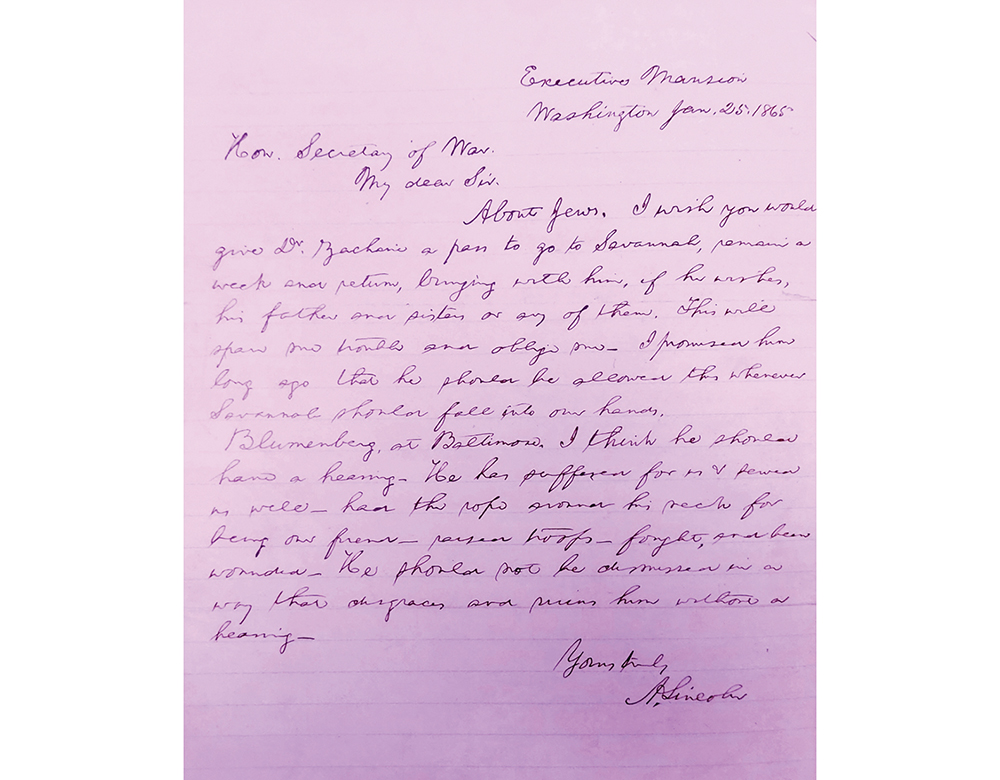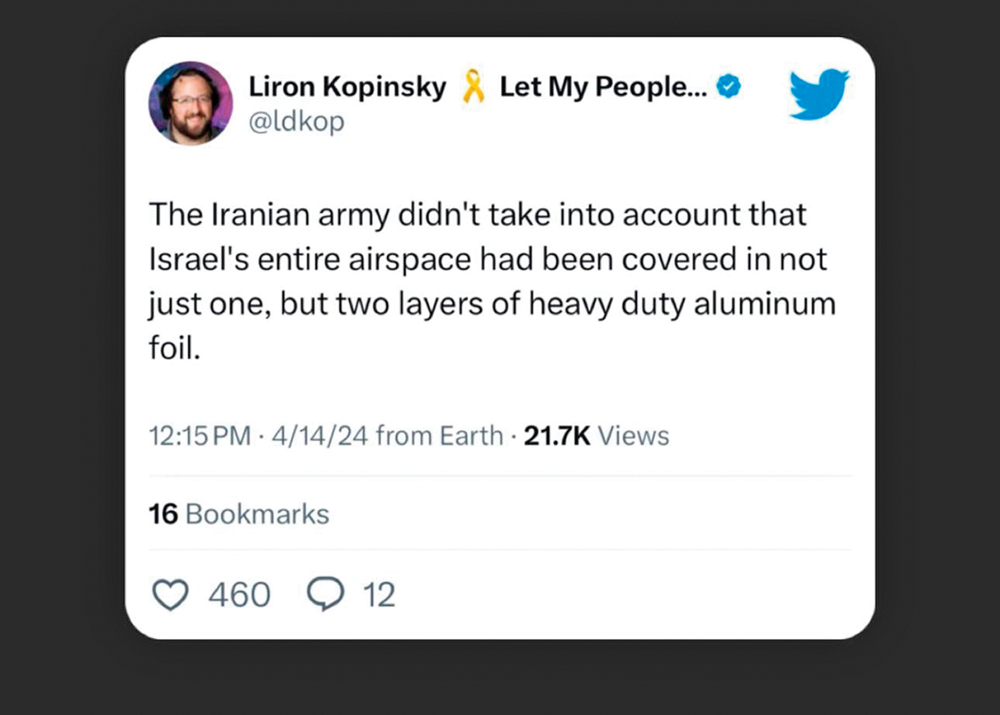
I shove a banana into his knapsack as I rush my son out the door.
“You’ll eat in the car. It’s time to go! We are going to be late!” My words tumble out as I race to the car.
It’s Monday morning and the week is off to a stressful start.
As I drive towards school I can’t help wishing things were different. Images of a relaxed mother scrambling eggs and children laughing as they eat breakfast drift through my mind. Ironed uniform shirts, matching socks and adorable accessories float overhead in this peaceful home of my daydream.
Days take on such a frantic pace for so many of us. Rushing to work. Rushing on errands.
Rushing to cook dinner. Rushing to complete homework. Rushing through shower time and bedtime. Rushing to appointments. Rushing to shul. We have so much to do. It’s a constant race to complete our daily tasks before the clock runs out and we’ve missed the opportunity. On an ordinary evening last winter, in the middle of the rush routine, I paused. I felt my stress level rising as the clock indicated it was 7 p.m. and my younger children were nowhere near ready to begin the bedtime rush. I paused, because I wondered, what would happen if they went to bed late? (A scandalous thought!) Sure, they’d gone to bed late many times before. But those were nights that we had failed. The clock had run out and we lost. Bedtime was a more somber affair on those nights. A failed attempt led to a rushed Shema, shortened “bedtime rubs” (more about that some other time) and a stressed mother hurrying out of the room.
On that night, I decided to simply ignore the clock. We’d focus on the tasks at hand. We’d move at our very slow but steady pace, and I’d resist the urge to beat those ever moving clock hands.
The moment I made that decision I felt a certain peace. Bedtime ended around 8 p.m., 30 minutes after the usual target time. The other stats included two children who went to sleep smiling, two older siblings who were calm due to the absence of frantic rushing and no lost nighttime productivity for one mom. The scoreboard seemed to be flashing the word winner.
I began to use the “what if” strategy and invite you to try it. Here’s how. Whenever I feel pressure coming on I stop and think about the worst-case scenario. What will happen if I totally miss this goal? For example, if I am frantically trying to get my kitchen perfectly clean before guests arrive and I am feeling my stress level rise, I will pause and play out the most horrible conclusion. Imagine this: There will be a bowl still sitting on the table (child refused to clear it), a few spoons remaining unwashed in the sink, the paper towel roll on the counter (gasp!) and the doorbell rings! If I can avoid feeling overwhelmed, then I will graciously open the door. I will welcome my company. They may or may not notice the items that are disturbing me in the kitchen and life will move on. Catastrophic? Hardly. On the what-if scale the level of danger for failure is about a 1 out of 10.
Here’s another one. I am on the road in traffic and beating myself up for leaving 10 minutes later than I should have. As the estimated travel time gets longer and longer on my GPS I find myself snapping at my son for talking. Ooooch! Time for a what-if rating. Worst-case scenario plays out in my mind, the doctor’s office decides we arrived too late to be seen. I have to reschedule the visit. My afternoon that I took off from work is wasted. Annoying, yes. Calamity, ummm, not quite. Scale of danger rating for this one is 4 out of 10. Not worth losing it, but definitely frustrating. (Want to know what happened? I called and told them about the traffic and they agreed to keep us on the schedule even though we were 15 minutes late.)
I have found this tool, which is based on a strategy from Dale Carnegie (check out his wonderful book “How to Stop Worrying and Start Living”), to be such an effective way to remain calm in most situations.
Give it a try. Next time you start feeling stressed, play out the very worst case, doomsday outcome. Then you can decide if you have a real reason to shift into adrenaline mode.
The payoff for your efforts in trying to stay calm? Let’s see:
- 1. You will be happier.
- 2. The people who live with you will feel less stress.
- 3. People will be more likely to want to be around you since you are now a nicer, happier person.
- 4. The world will feel like a better place to hang out instead of a race to the end.
Are you ready to give this a try?
By Sara YoungerBy Sara Younger
By Sara Younger












